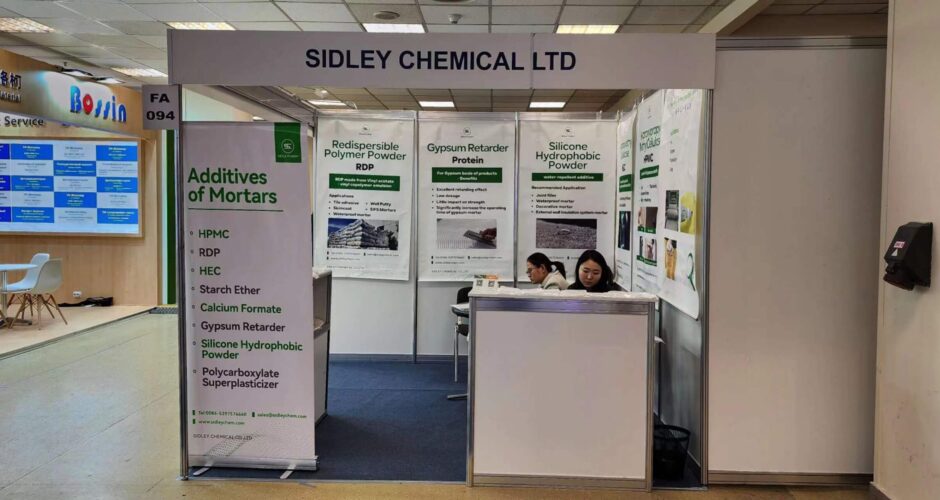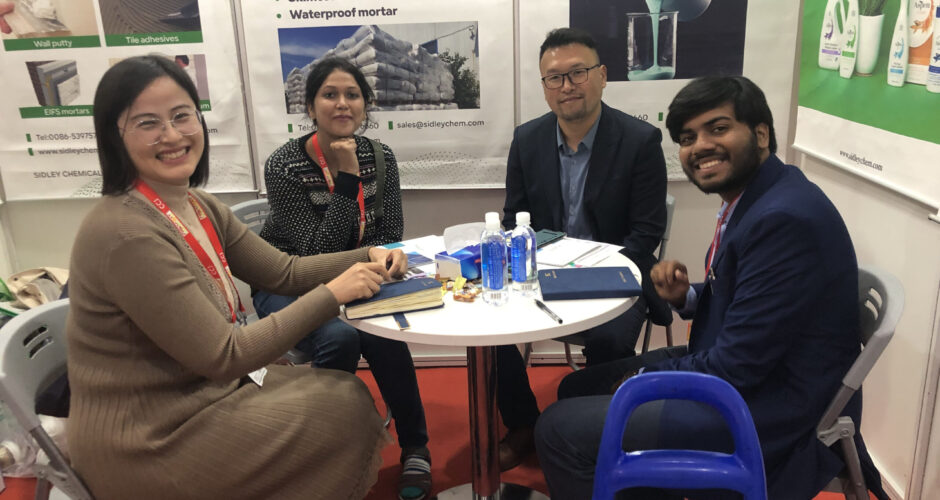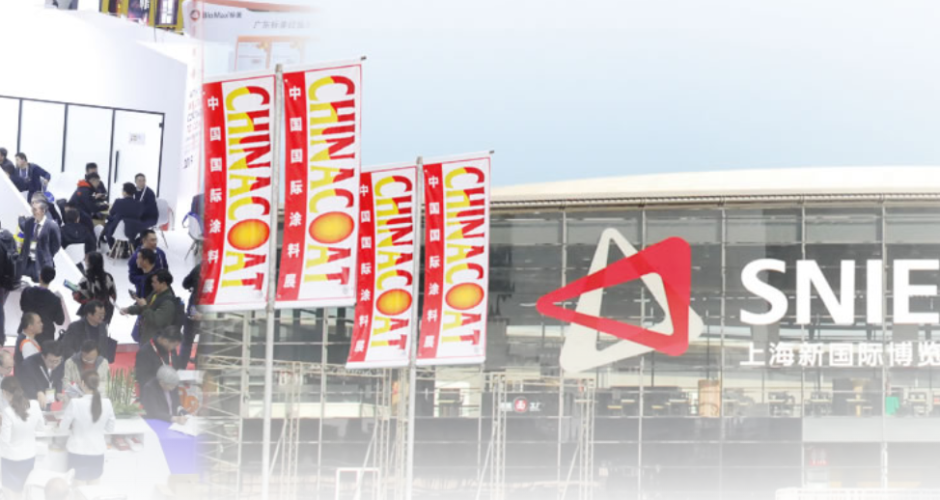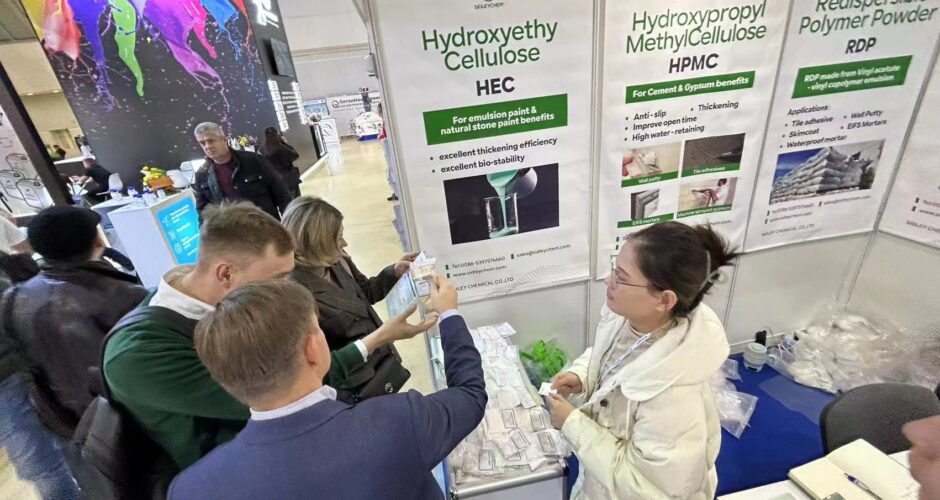SIDLEY CHEMICAL supplied petroleum grade polyanionic cellulose(PAC-LV) to OREN HYDROCARBONS MIDDLE EAST INC FZE in 2021, with excellent product quality and competitive price, and after 1 year OREN HYDROCARBONS MIDDLE EAST INC FZE began to default on payment for the PAC-LV without any reason, and the amount of the payment was more than $700,000 USD. After.. read more →
The concentration of the methylcellulose solution, whether it’s dissolved in water or organic solvents, is a crucial factor that should be determined based on the specific application and the type of product chosen. For low viscosity products (15~100mPa·s), a concentration of 10% and 15% is recommended, while high viscosity products (400 75000mPa ·s) should not exceed.. read more →

Exhibition Time: April 16~April 18, 2024 Venue: Dubai World Trade Center, Sheikh Zayed Road, PO Box 9292, Dubai, UAE Dubai Coatings Middle East, as the largest and most famous coatings industry event in the Middle East, attracts top brands and professionals in the global coatings field. Organized by the UK-based DMG Group, the exhibition has.. read more →

Cellulose ether is a general name for various derivatives obtained through the etherification of natural cellulose. As the primary raw material, the source, type, treatment method, and process of cellulose have a decisive impact on the synthesis and application of cellulose ether. Sources and types of cellulose As early as 1838, French botanist Anselme Payen.. read more →

The Russian Coatings Exhibition (Interlakokraska 2024) will be held on February 27-March 1, 2024 in Moscow, the capital of Russia. Centec Chemical Co., Ltd (hereinafter referred to as Centec) led a team to participate in this international exhibition from February 27th to March 1st. The exhibition is a professional exhibition with great influence in the.. read more →

On November 17, 2023 China International Coatings Exhibition (CICEX) was successfully concluded in Shanghai! With the theme of “Connecting the World, Fulfilling Opportunities”, the exhibition gathered elites from all over the world to showcase the new generation of coating technologies and products, and interpret the innovative power of the coating industry! As a functional new.. read more →
The Fi Europe will be held from November 28th to 30th, 2023 at the Frankfurt International Convention and Exhibition Center in Germany. Every two years, Fi Europe was first launched in 1986 and has since grown into a trade summit and industry benchmark for the global food ingredient industry. According to statistics, over 500000 people.. read more →
Exhibition Name: ABRAFATI 2023 Exhibition Time: November 2023, 21-23, 2023 Organizers: Brazilian Coatings Association (ABRAFATI) Organizer: Brazilian Coatings Association Venue: Sao Paulo, Brazil Booth No.: A97 ABRAFATI 2023 will be held on November 21-23, 2023 in Sao Paulo, Brazil. The biennial exhibition, organized by the Brazilian Coatings Association (ABRAFATI), has been held for sixteen consecutive.. read more →

CHINACOAT 2023 is holding at the Shanghai New International Expo Center (SNIEC) from November 15th to 17th. Sidley Chemical Co., Ltd. will bring many of our latest developed products to the exhibition. Since the last exhibition was held in 2019, this year, there will be more than 1,040 exhibitors from 31 countries and regions showcasing their most competitive and cutting-edge.. read more →

The 2023 Moscow Concrete Exhibition (XXV CCDM) was held at the Moscow Exhibition Center in Russia. Sidley led the team to participate in this international exhibition from October 19th to 21st. This year’s exhibition covers an area of 20000 square meters, with over 2000 exhibitors competing on the same stage and working together to create a future.. read more →
